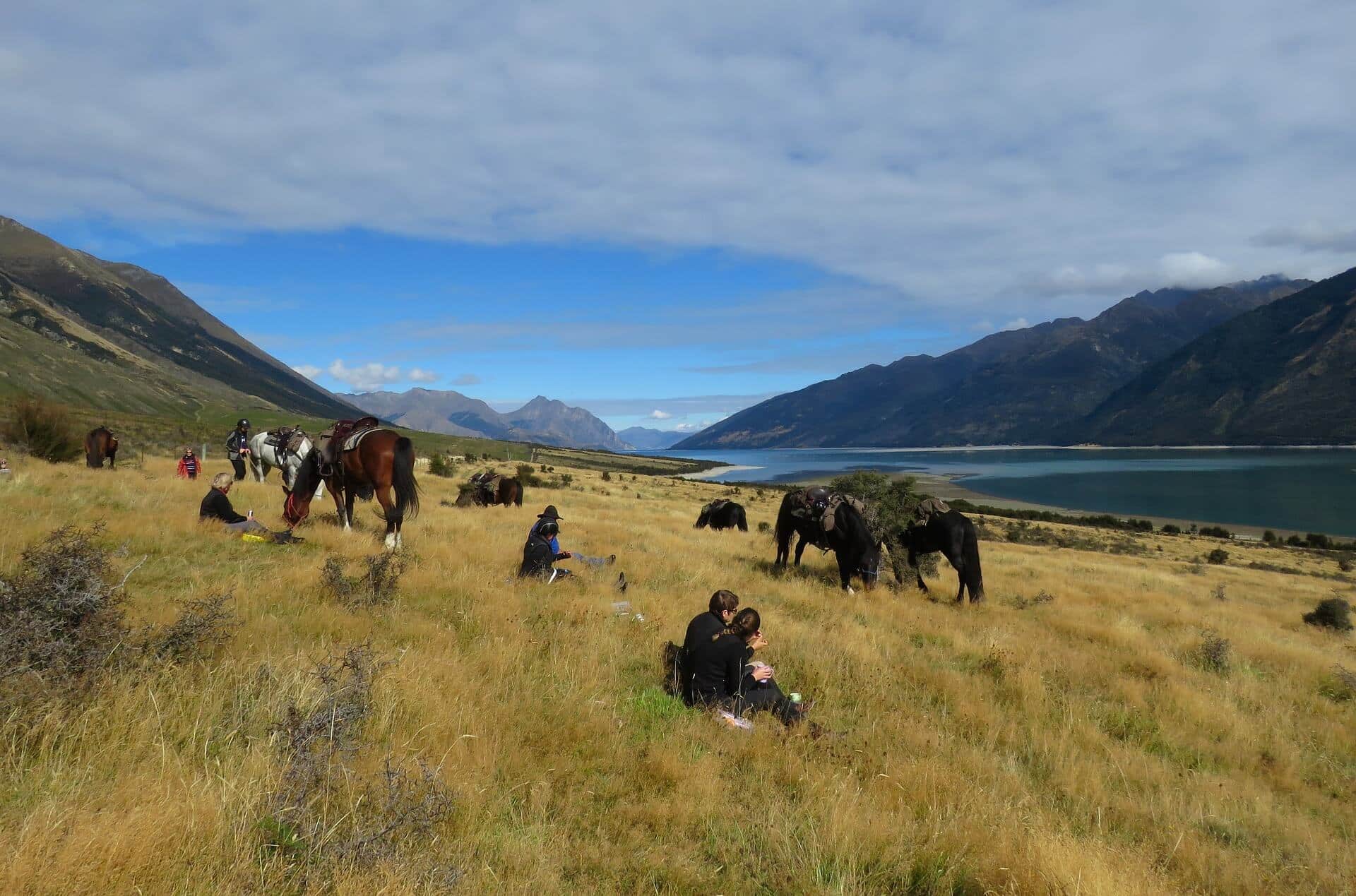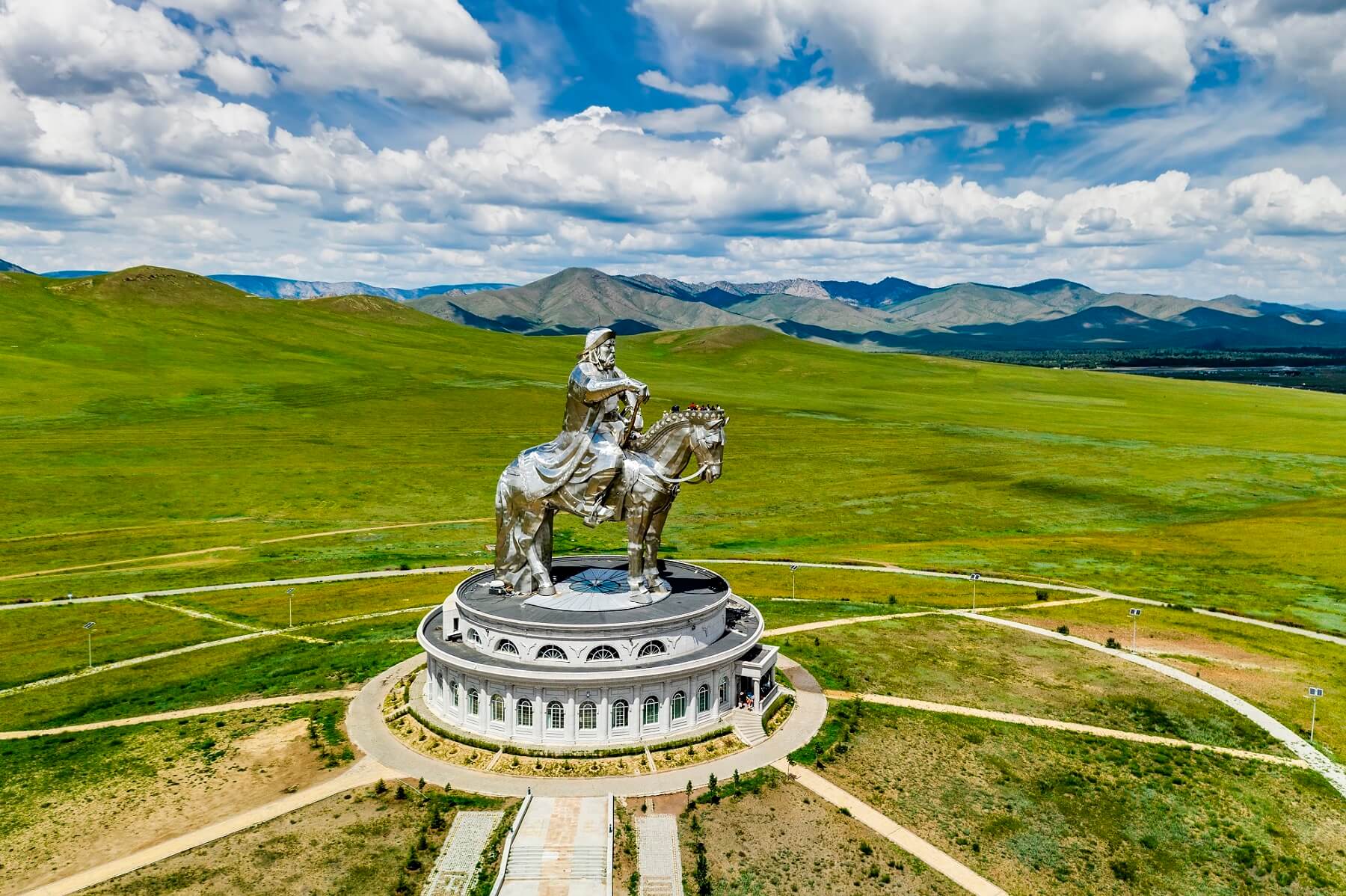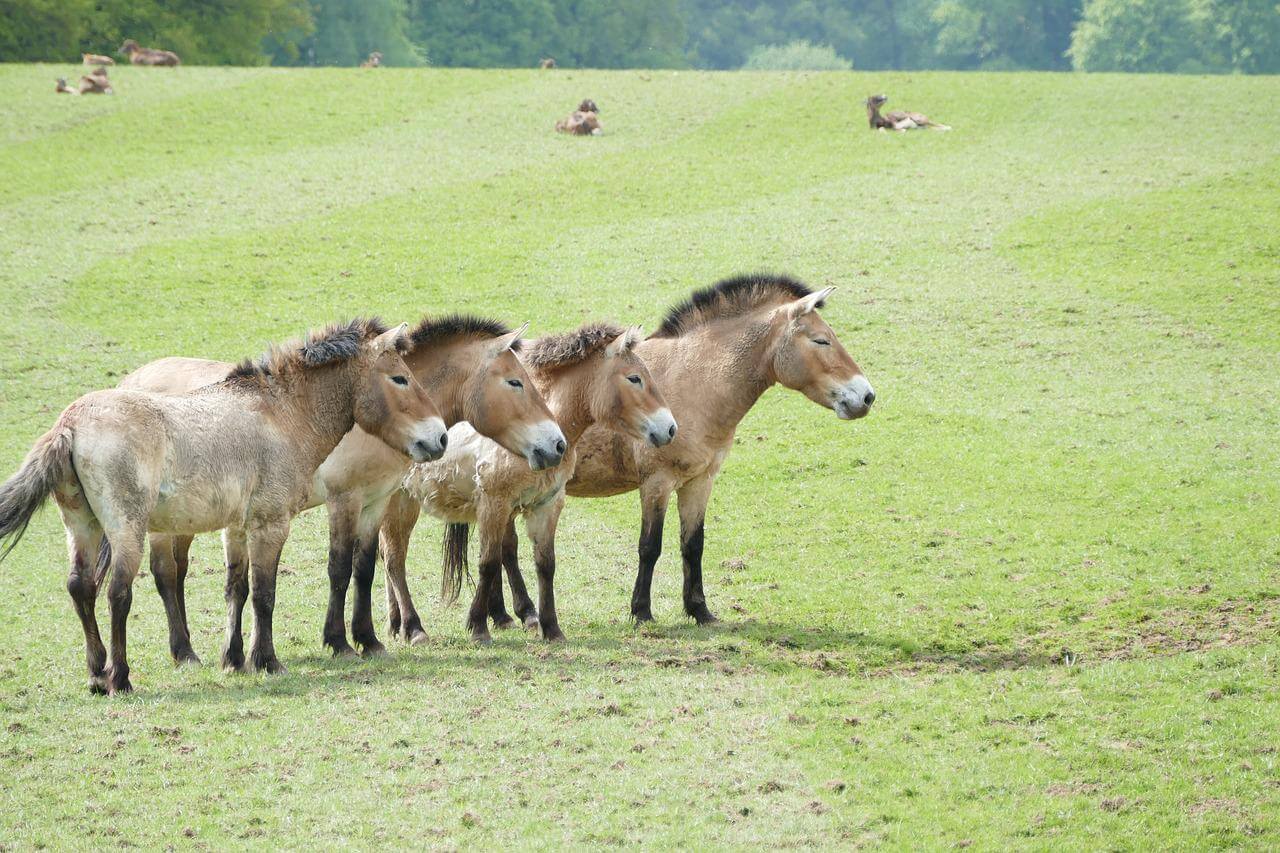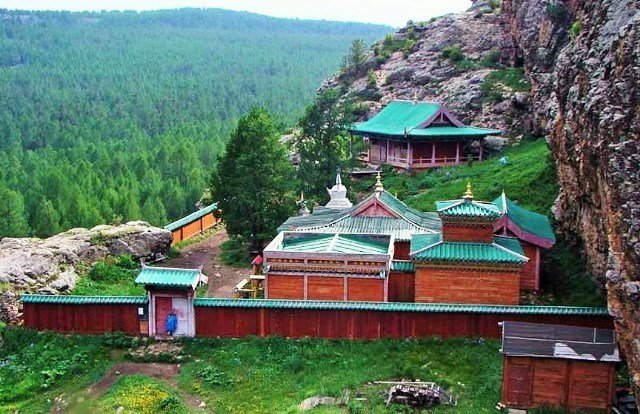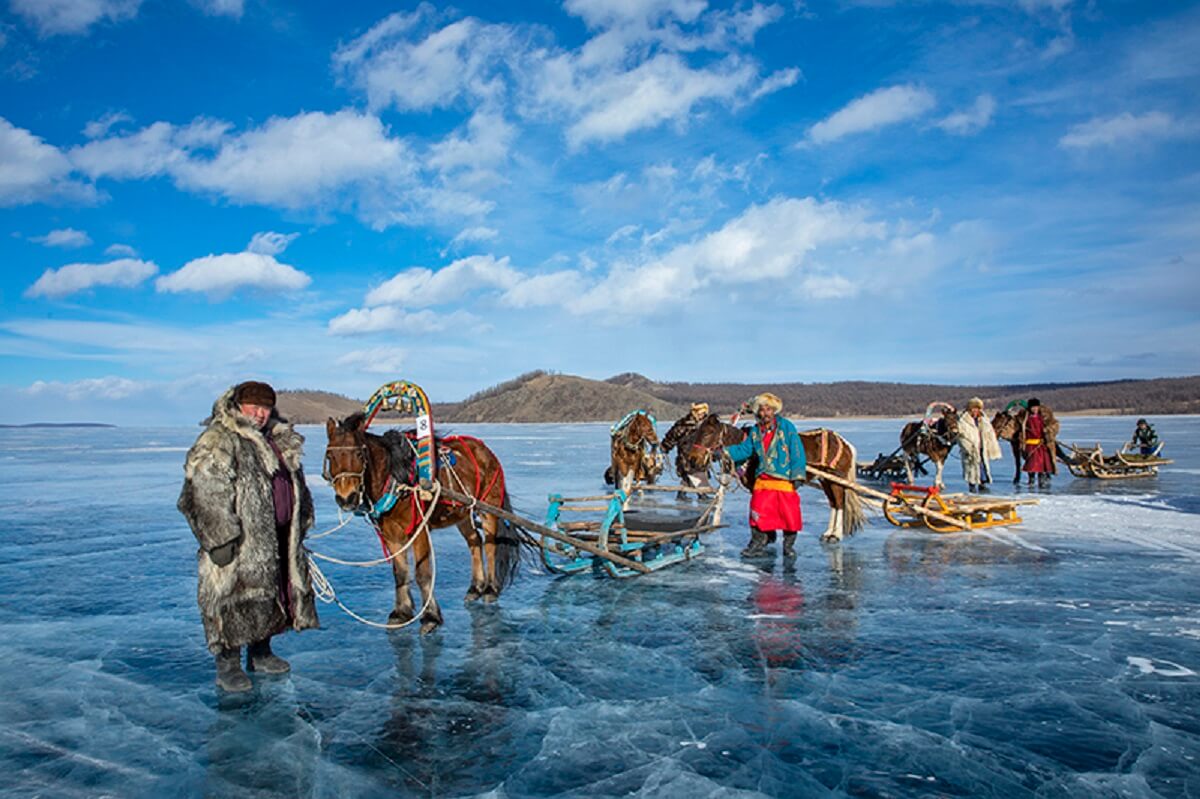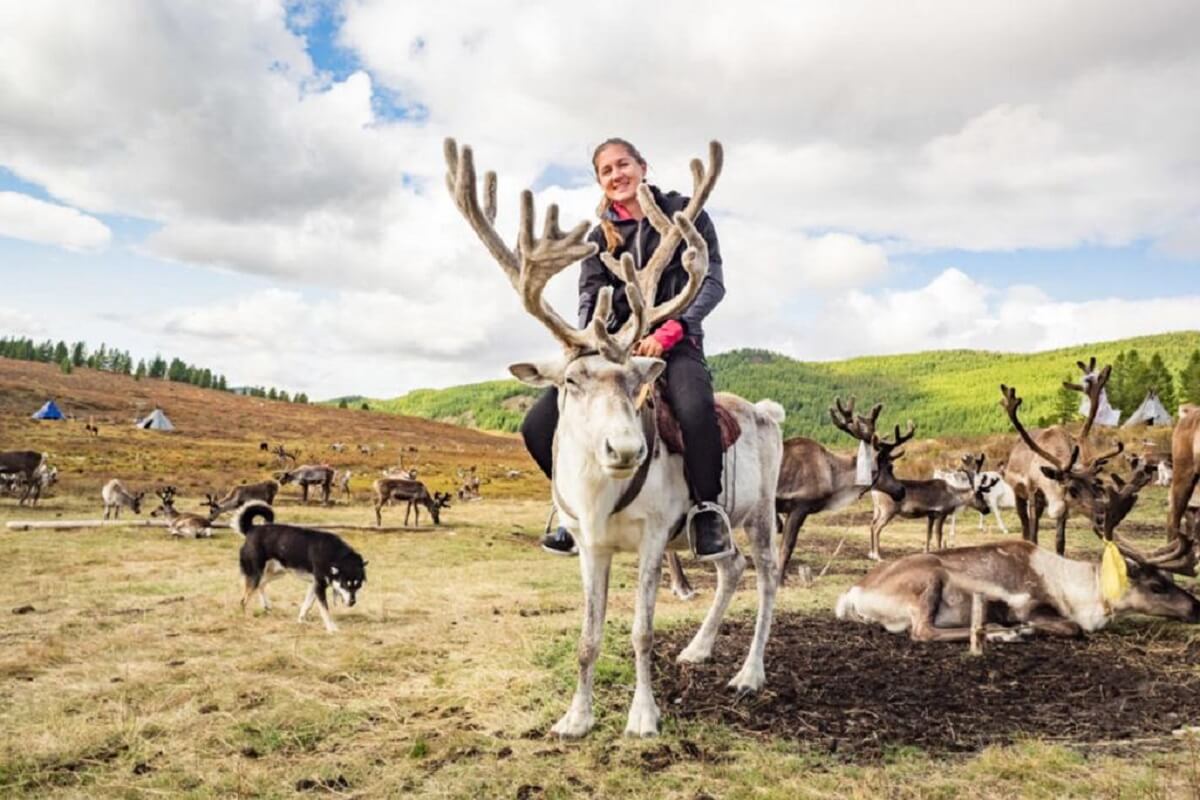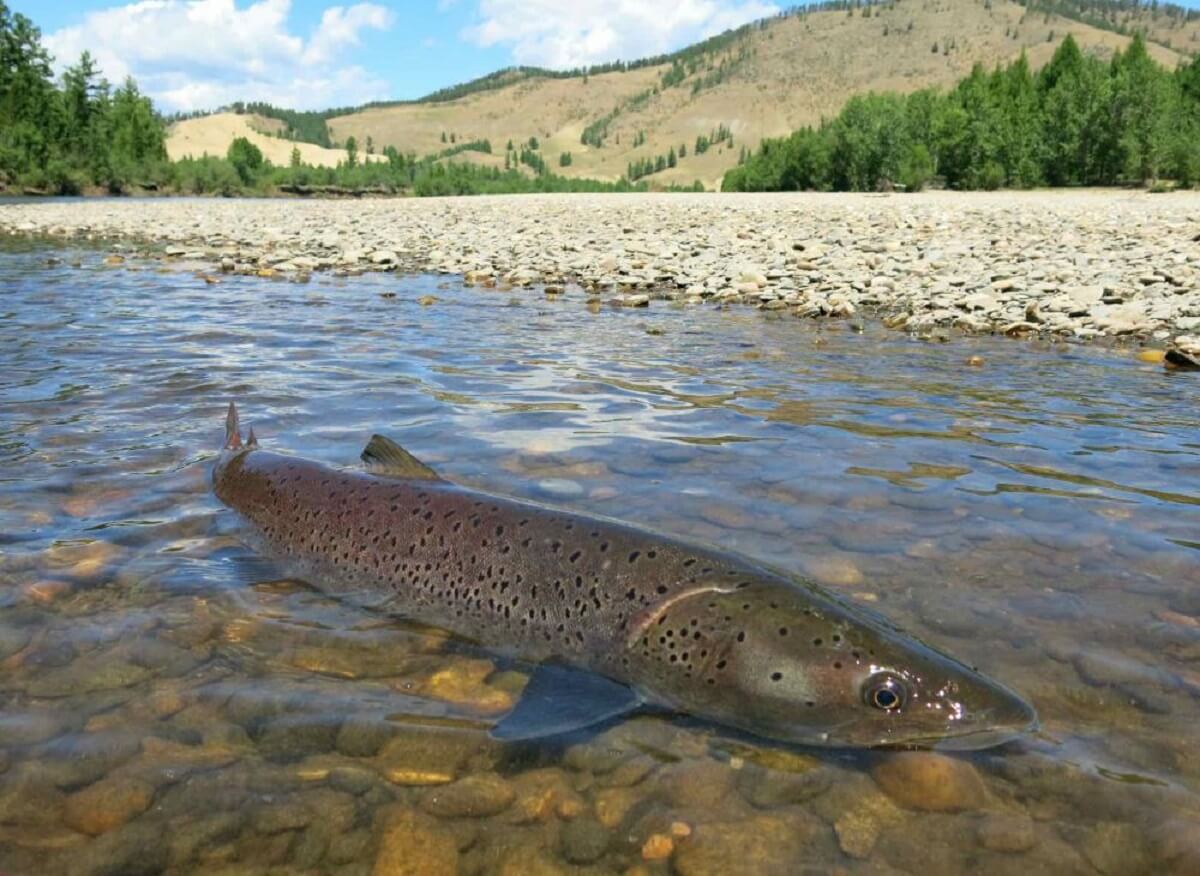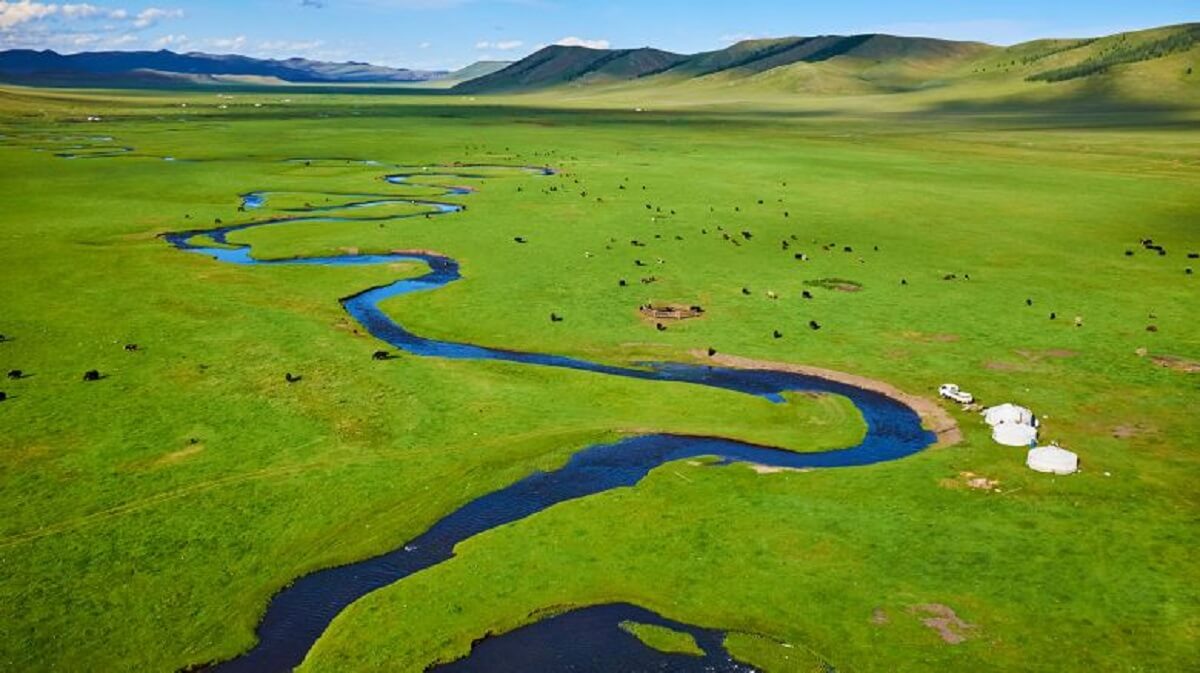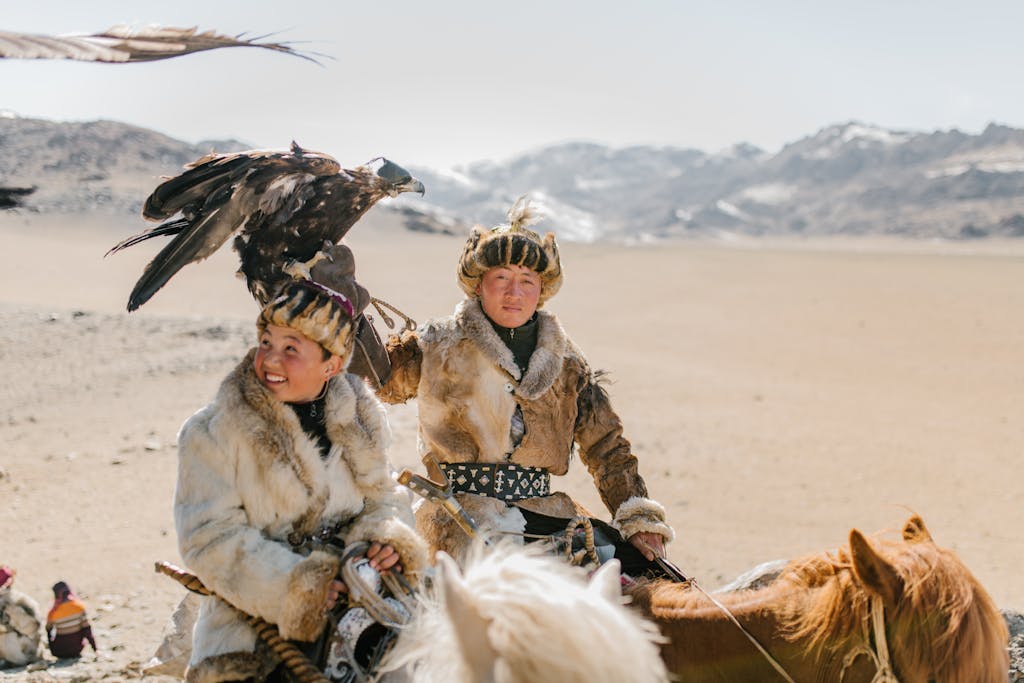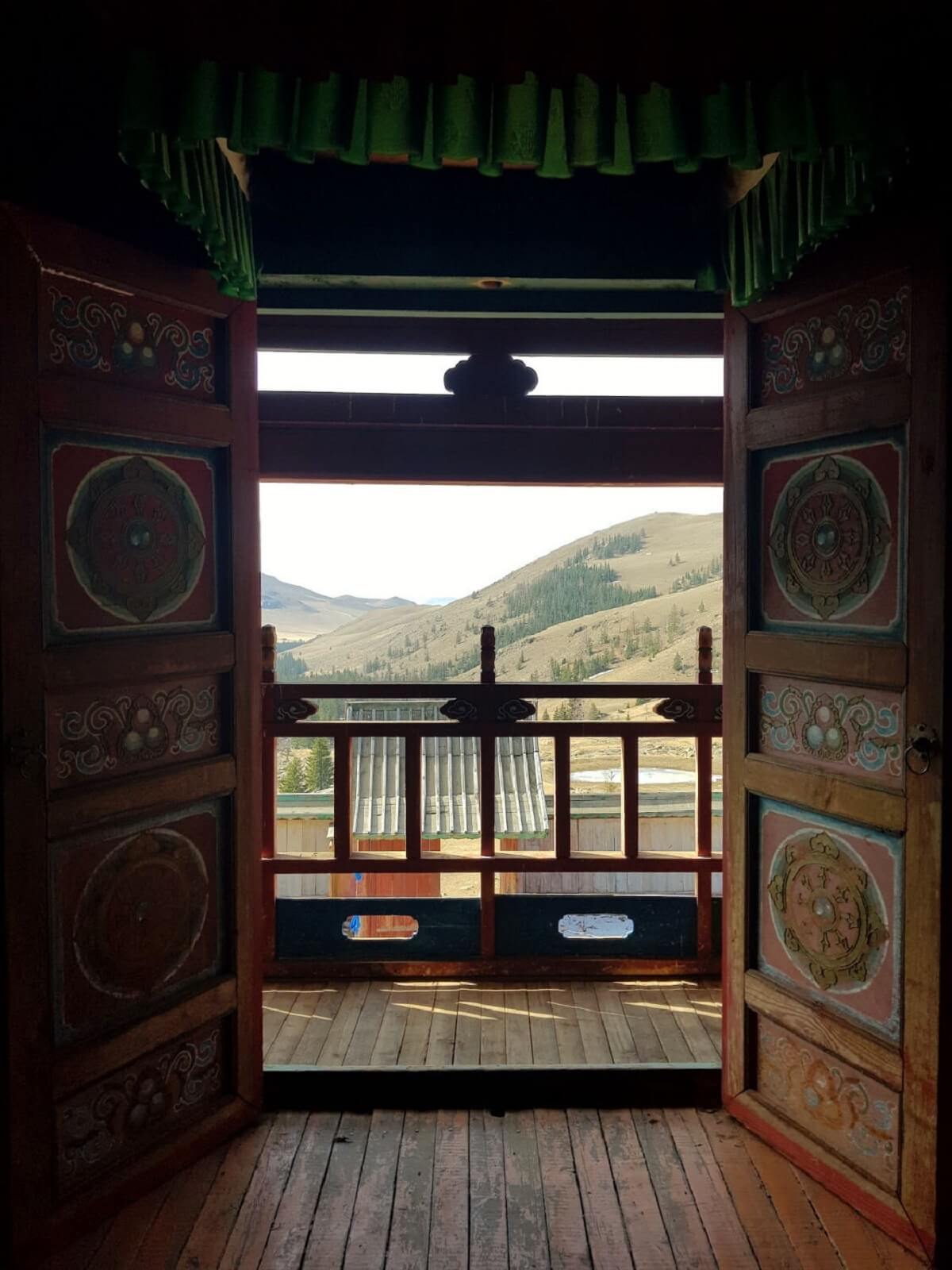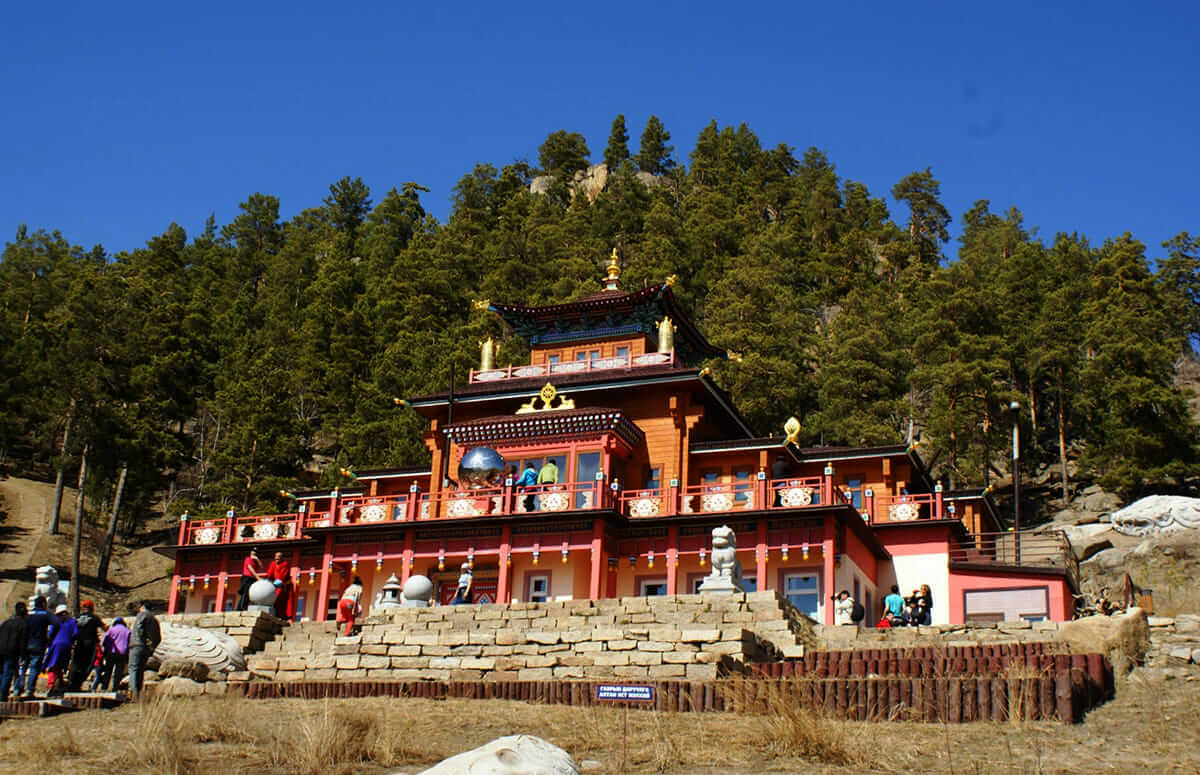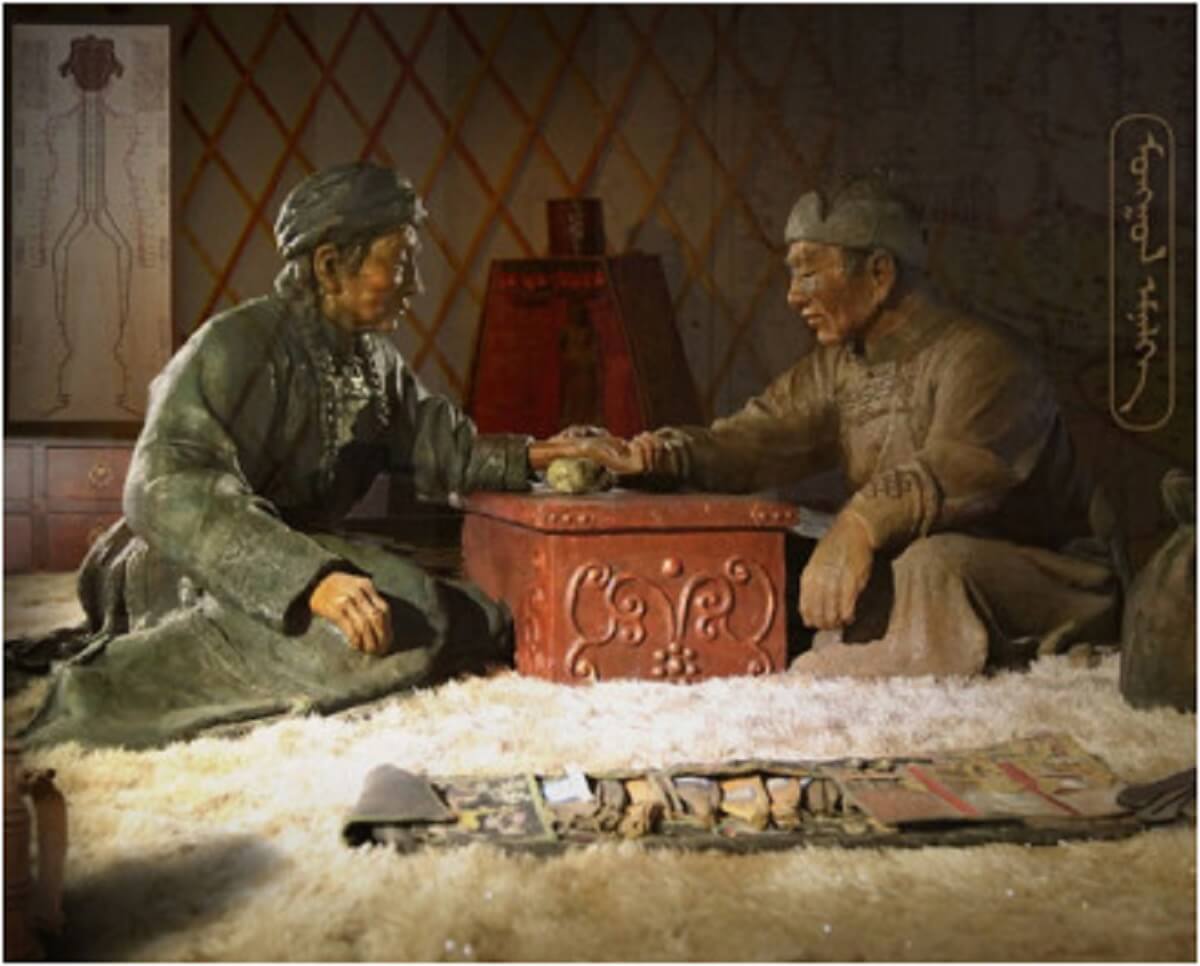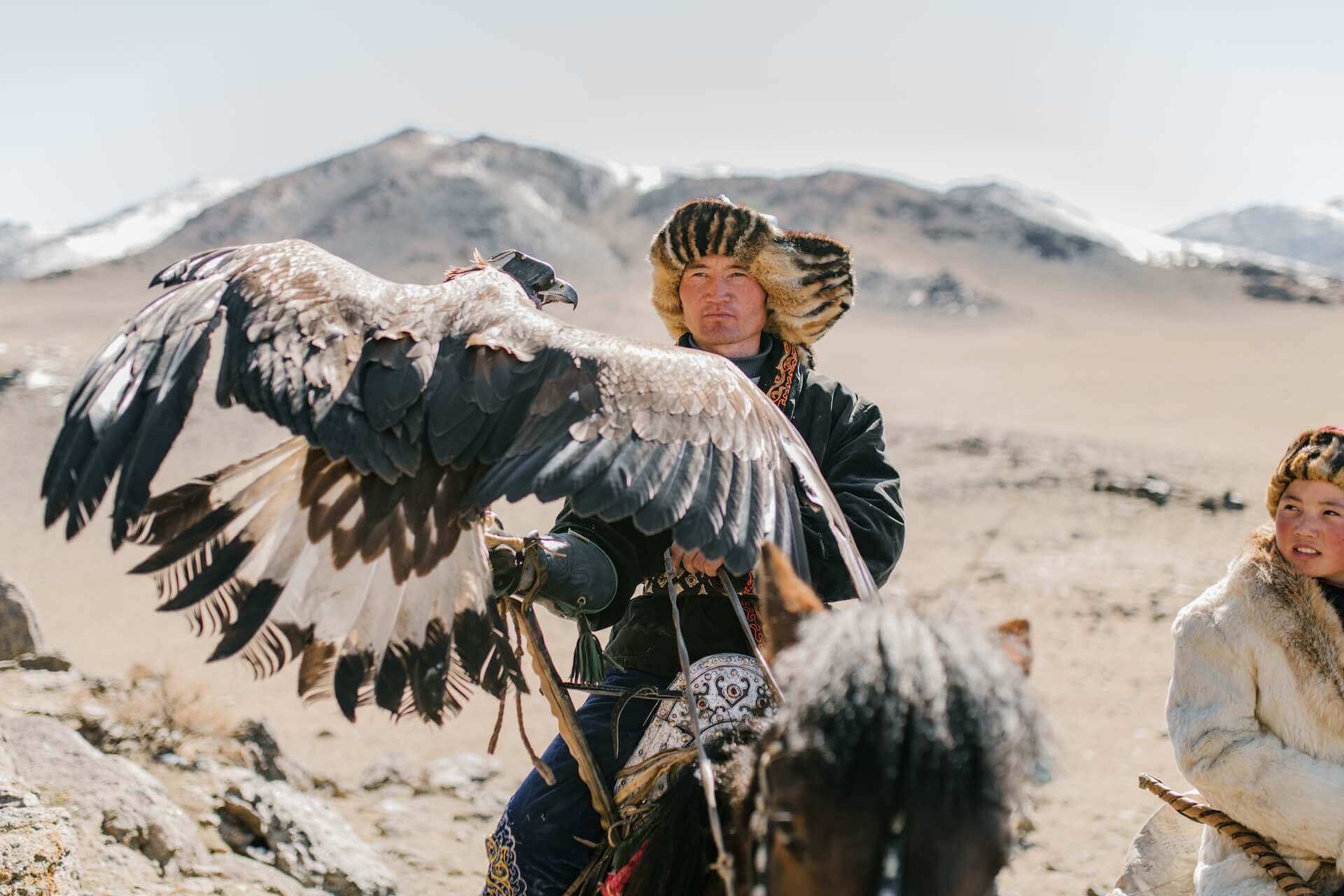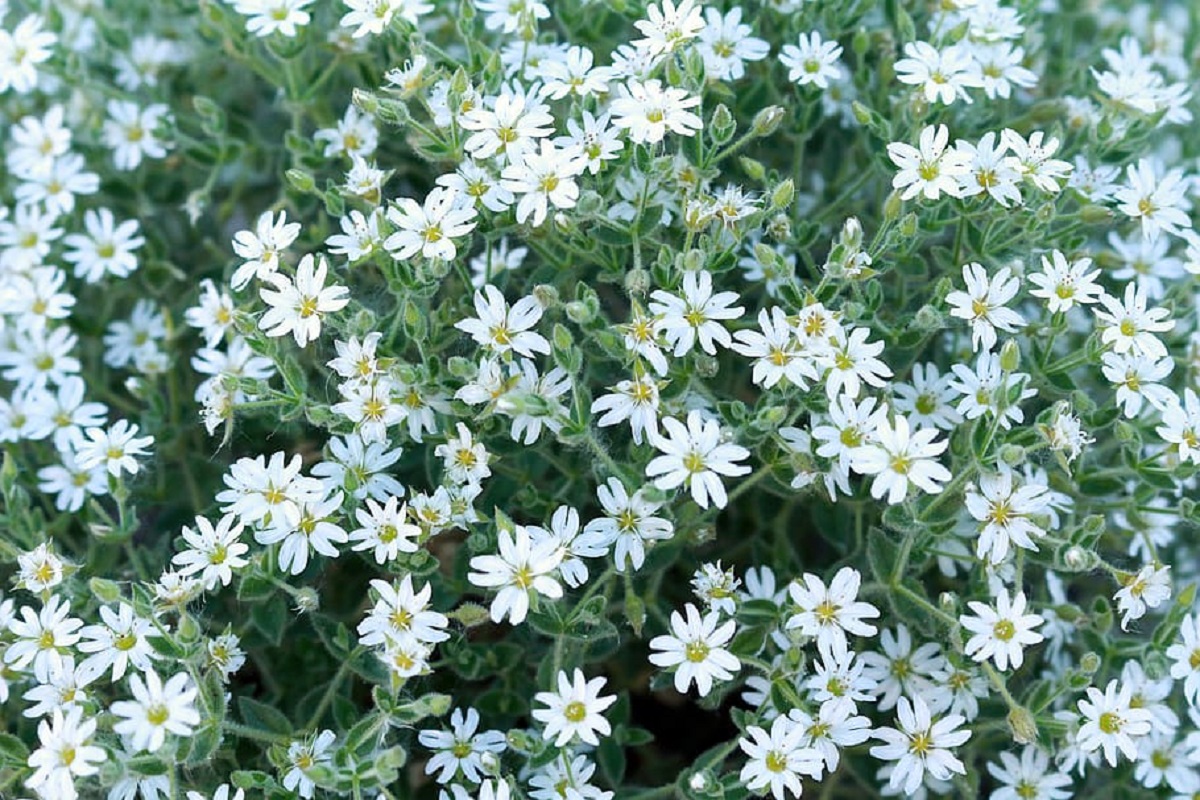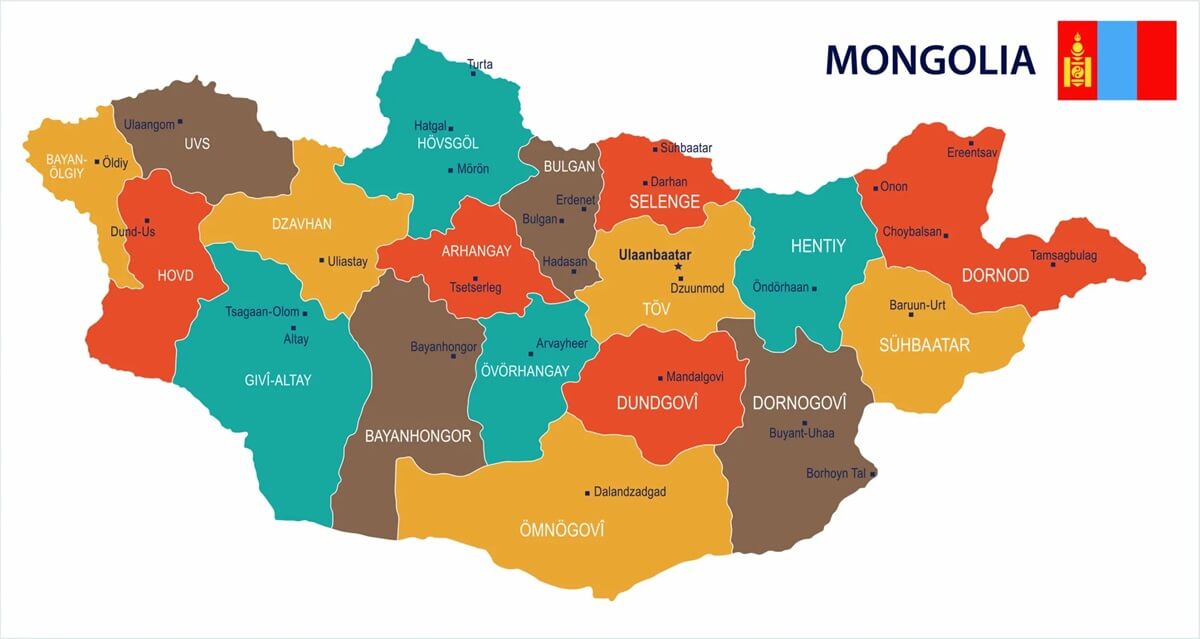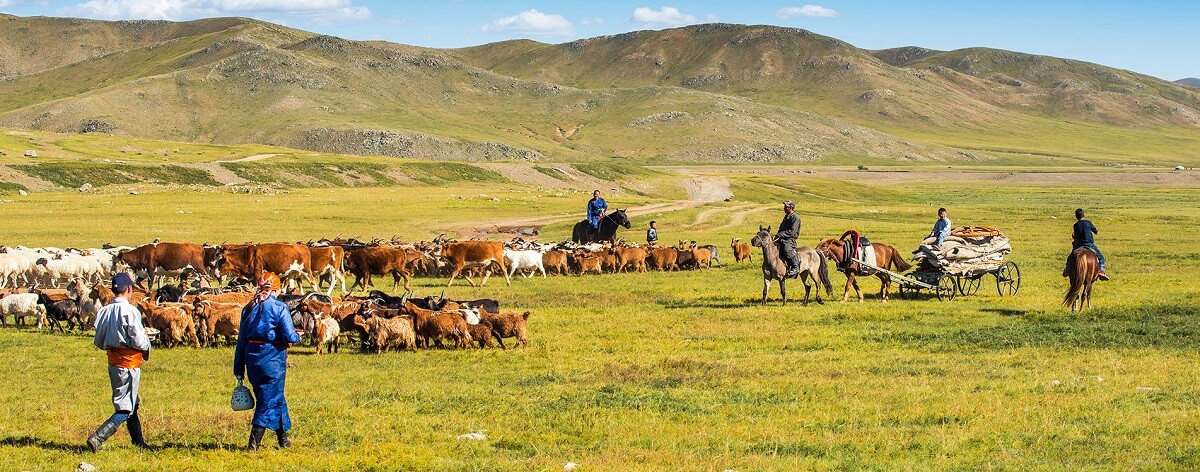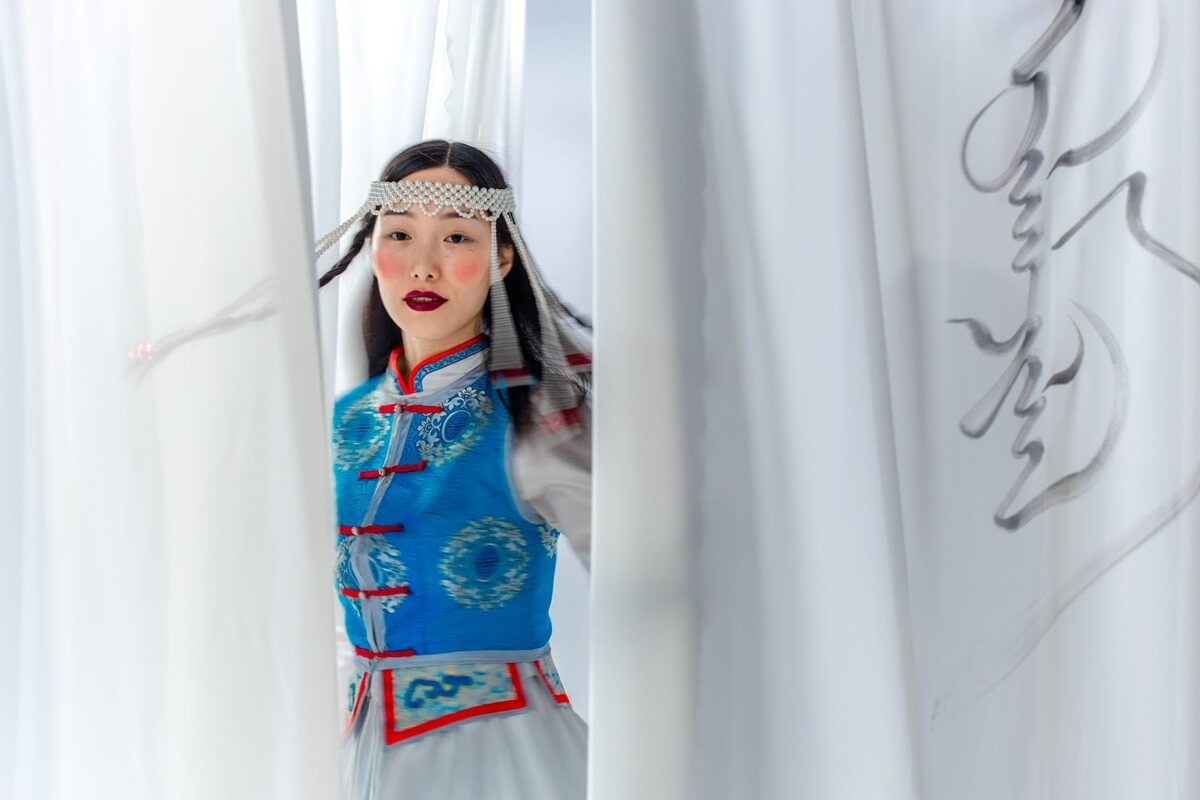When you think of winter, you think of cozy cabins, crackling fires and warm cups of tea. But there’s another kind of winter retreat that’s charming and functional: the yurt winter, that can be a house .
These round dwellings have become more and more popular in colder climates, a unique and surprisingly effective way to stay warm during the cold months. Yurts are not just for summer but also well-covered for winter, energy efficiency and comfort.
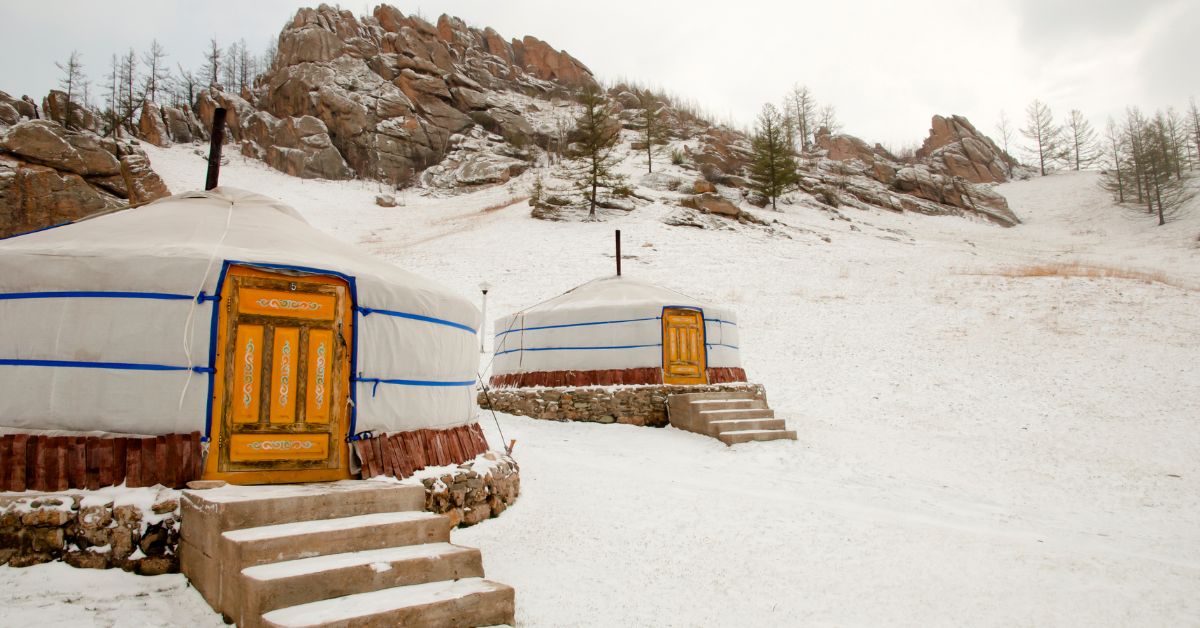
Yurt Living
Yurt living is a fun and exciting way to be in the great outdoors while still having the comforts of a house, like in a yurt. Imagine a cozy round space that’s warm even in the coldest winter months, where you can spend quality time with family.
A proper yurt, with the right insulation and a reliable heat source like a wood stove, can be a snug and inviting retreat from the outside weather.
Insulation is key to staying warm in a yurt. Options like rigid foam insulation and reflective insulation create a barrier against the cold ground , so the warmth inside stays in.
This makes yurt living perfect for those who want to disconnect from the daily grind and reconnect with nature, whether in a secluded forest or a busy campsite.
With the right heat source, like a wood stove, a yurt can be a comfortable and cozy space even on the coldest nights. Yurts are also great for those who want to live a more sustainable and eco-friendly lifestyle, especially those who love traditional living .
They offer a mix of tradition and modern comfort, so they’re suitable for permanent residences and temporary getaways.
So why not try yurt living with family? Experience the warmth and coziness of a well-insulated yurt for yourself and discover a new way to enjoy the winter months, maybe even in a snowy setting among trees .
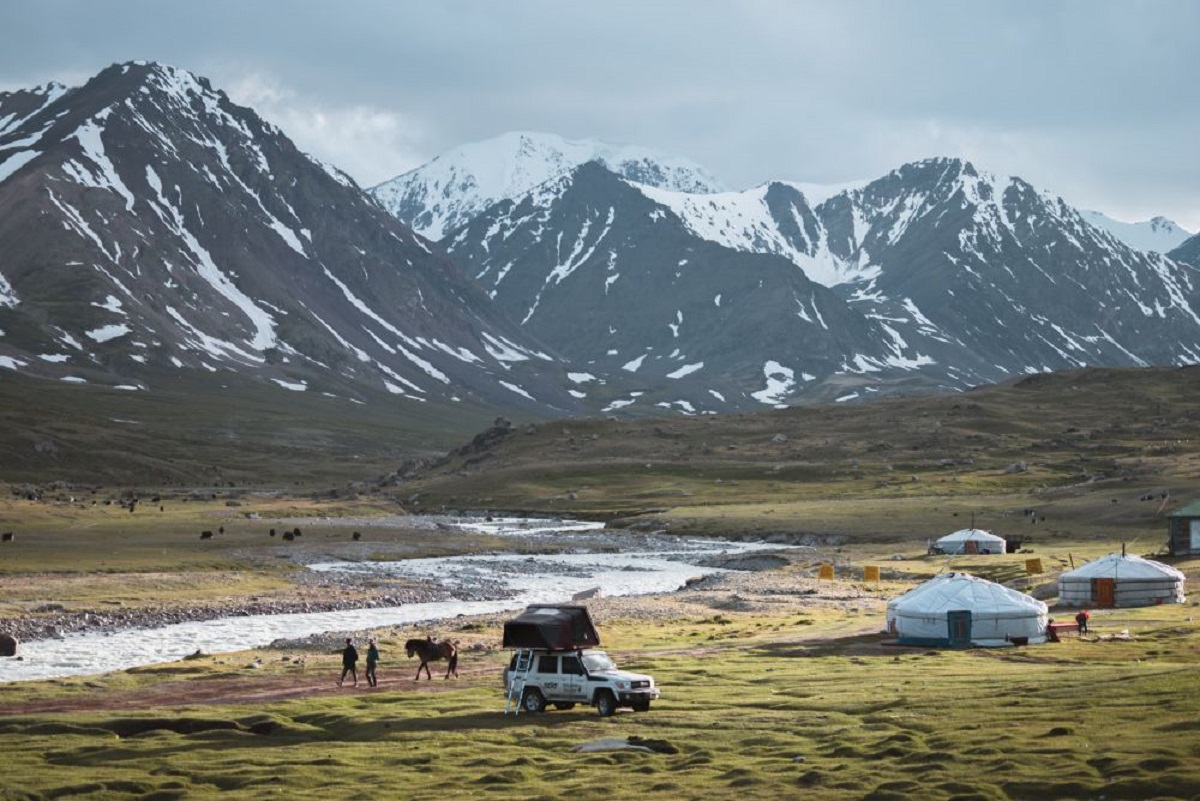
Why Yurt for Winter?
The circular design of a yurt is not just for show; it’s functional. From Central Asian nomads, these tents were designed to withstand harsh winters and strong winds.
Today, modern insulated yurts have taken that legacy and made it suitable for four-season yurt living — perfect for off-grid, sustainable homes or cozy Airbnb stays.Proper yurt flooring insulation is key to preventing heat loss and using specific materials can enhance this insulation while considering customization and installation costs.
Choosing a Yurt
When choosing a yurt, several factors come into play, size, material and location. The type of insulation used, especially on the walls , is crucial even without electricity with options like rigid foam insulation and reflective insulation to keep the cold out.
A wood stove or another reliable heat source is essential to stay warm, especially during the cold winter months.
The yurt’s walls and roof should be well-insulated to prevent cold air from entering and warm air from escaping. The floor should also be insulated, with materials like plywood and rigid foam insulation to create a barrier against the cold ground.
A ceiling fan can be a useful addition to circulate warm air and keep the space cozy.
When choosing a yurt, also consider the surrounding environment where you can spend time with friends . The presence of deciduous trees can provide shade in the summer and allow sunlight to enter the yurt in the winter, making it warmer.
The direction of the sun and the prevailing winds should also be taken into account to maximize comfort and efficiency.
By considering these factors you can choose the right yurt for you and have a warm and cozy living space to relax and enjoy nature.

Insulation: The Heart of Winter Comfort
The key to staying warm in a yurt winter setup is proper insulation. With a combination of rigid foam insulation, reflective insulation, insulated canvas layers and a woodstove, your walls, roof and floor become barriers against cold air and cold weather.
Quality cover materials — often multi-layered with natural wool, synthetic fibers or reflective wraps — help maintain consistent heat inside. It’s also important to insulate the yurt platform to prevent cold air infiltration and enhance comfort levels.
- Insulated yurts keep cold out and warmth in.
- Cover material is often layered with canvas for added weather resistance.
- The floor should have a thick insulation layer, especially when built over a raised platform.
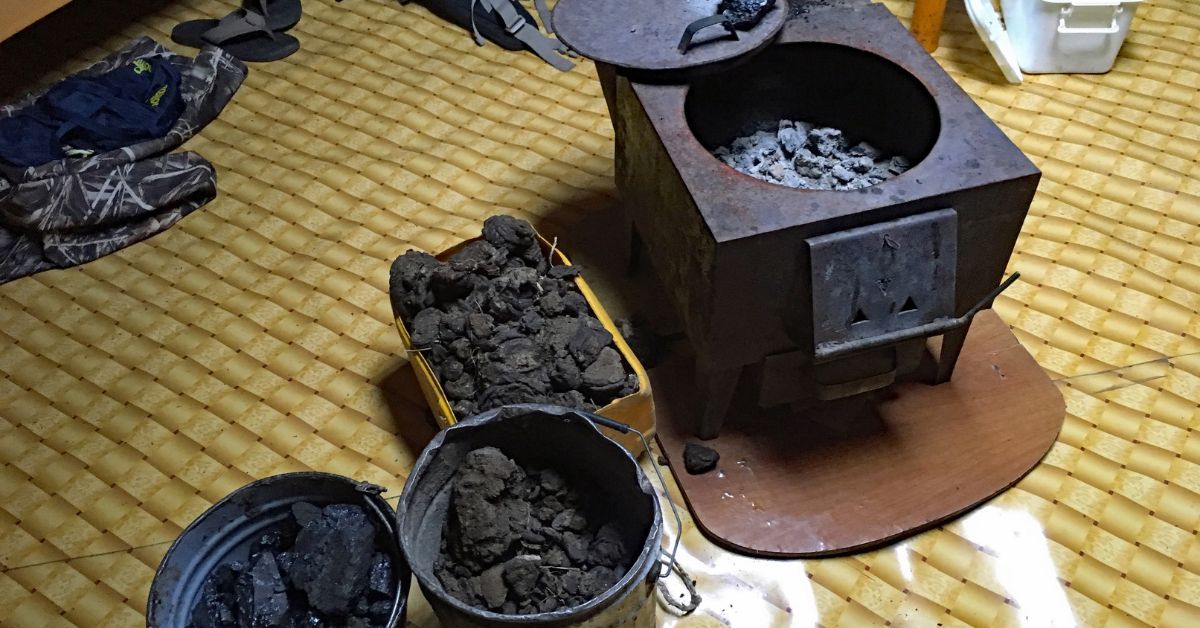
Heating Your Yurt in the Snow
Yurt heating options range from rustic to modern. The most common and charming heat source is the wood stove, placed in the center of the yurt. It not only distributes heat evenly from the woodstove but creates a beautiful fire to enjoy during long winter nights.
For a good and sustained burn it’s important to use high quality, dry wood and a ceiling fan to help distribute the heat .
Other options:
- Woodstove with stone or metal backing for radiant heat.
- Pellet stoves or propane heaters (if you have access to fuel).
- Solar power systems connected to small electric heaters.
- Radiant floor systems (works well with proper floor insulation).
Using a ceiling fan on reverse mode helps to circulate warm air, pushing heat that rises to the top back down to where you and your feet are. So even in the dead of winter when the floor is hot you might just walk around in bare feet.
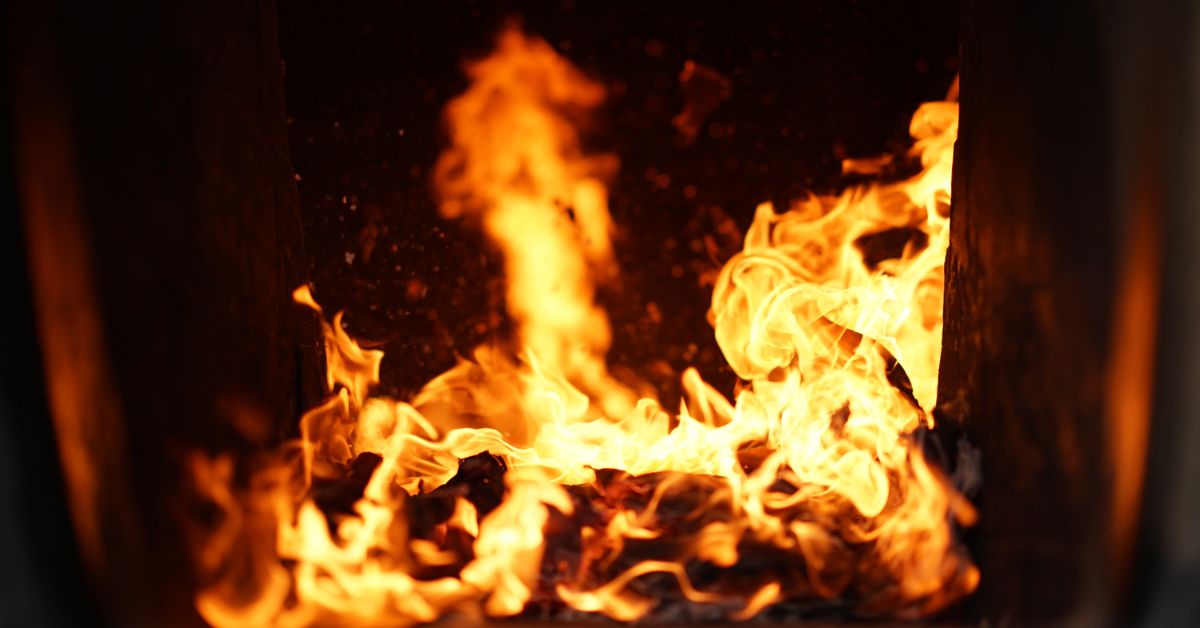
Layout for Heat Efficiency
When planning a yurt winter layout it’s all about maximizing warmth and minimizing cold spots:
- Place your wood stove in the center for even heat distribution.
- Use rugs or insulated panels over the floor to retain heat and reduce damp.
- Add a thermal curtain over the door to block cold air drafts.
- Consider windows with insulating covers or double-layer plastic.
- Placing insulation materials between the rafters can enhance heat retention and minimize air leaks.
This setup allows small size yurts to retain warmth more effectively, but even larger yurts can be cozy with the right planning.
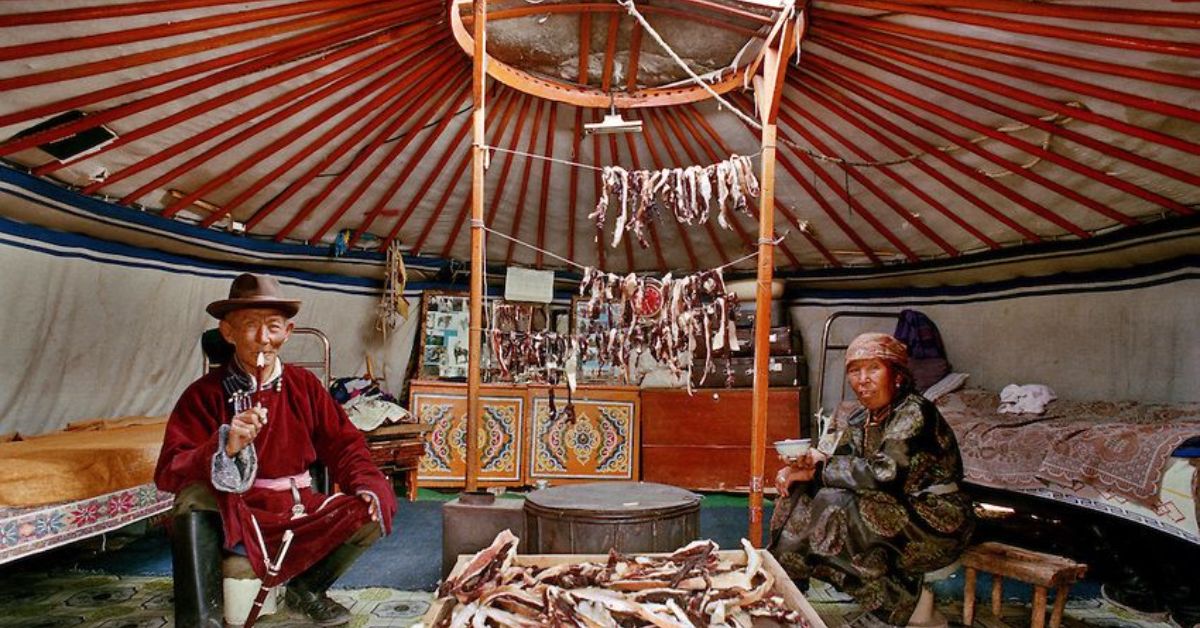
Living the Winter Yurt Life
So what’s it like staying warm in a yurt during the winter months?
Imagine waking up with snow covering the landscape, your woodstove crackling in the middle, and your ceiling fan spinning slowly to keep the room nice and warm. The air smells like wood, and the space is filled with soft light from the windows.Your bare feet touch a warm floor, and the canvas above creaks with the wind. In the morning you find the fire still burning and the space warm.
Yurt living in winter is all about rhythm — tending the fire, managing the heat, and appreciating the simplicity.
It’s also a great opportunity to spend time with family and friends. Gather around the stove, sit on a couch with a blanket, or play games in the center of the room. The cozy atmosphere brings people together and you can hear the laughter and warmth of connection .
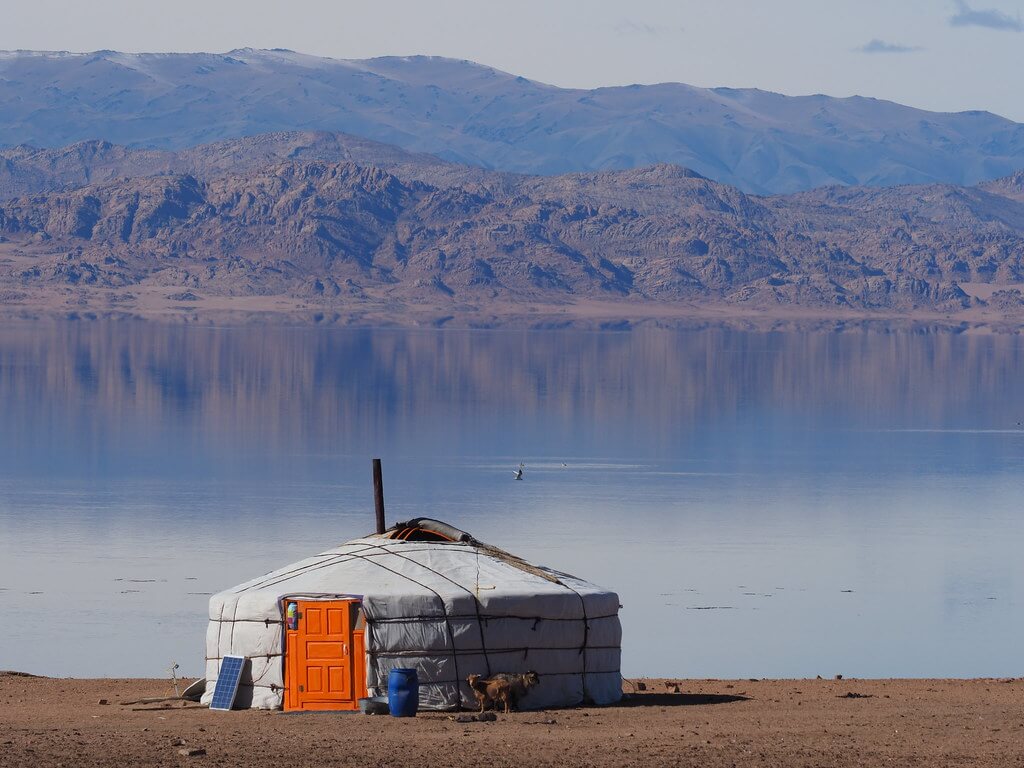
Weatherproofing Essentials
While yurts are surprisingly robust you’ll want to prepare for extreme weather and cold:
- Reinforce the roof and walls with insulated layers and extra cover. Make sure a tight building envelope in all types of structures including yurts to minimize heat loss.
- Check the seams of your canvas for any air leaks.
- Install a snow load kit if you expect heavy snow.
- Keep firewood dry and accessible.
- Secure the door to prevent wind from blowing it open.
Don’t forget to trim nearby trees, especially deciduous trees which can shed heavy branches during winter storms. These can damage your yurt if not pruned.
Off-Grid and Eco-Friendly Comfort
One of the biggest advantages of a heated yurt in winter is being off-grid. With solar power, composting toilets and rainwater collection you can create a self-sufficient camping home that’s not only eco-friendly but also super fulfilling.
Yurts face insulation challenges and air circulation needs but with proper measures you can enhance their heating efficiency.
Even without modern electricity a proper yurt setup can keep you warm, comfortable and connected to nature.

Tips for Ultimate Winter Coziness
To take your yurt winter to the next level:
- Use cozy textiles like wool blankets, rugs and throws.
- Keep a couch or stone bench near the wood stove for the ultimate warmth spot.* Cook or bake with your woodstove to add extra heat and good smells.
- Place radiant barriers behind your stove or around walls for extra thermal efficiency.
- Use layered curtains on windows to retain heat at night and let in sun during the day.
- Enjoy hot drinks and keep cozy in harsh winter conditions to keep your yurt warm.
Issues You’ll Face
Yurt winter living is magical but not without its challenges:
- Managing the fire is work.
- The floor can get cold if not enough layers.
- Damp can develop if no airflow; open a door or window occasionally.
- Wind can make the tent noisy — be prepared for some sleepless nights.
Having dogs, especially their warmth and joy when they sleep or cuddle with you, can make these challenges more bearable.
But with planning and routine most of these are manageable.
Summer vs. Winter Yurt Living
Summer yurts rely on airflow and shade, while winter yurts prioritize insulation and heat retention. In summer you deal with insects and cool evenings. In winter it’s all about staying warm, battling damp and controlling the fire.
Many people find yurt in winter to be even more enjoyable because of the unique cozy vibe and the fun challenge of building your own comfort.
Conclusion
A yurt may be a tent but don’t underestimate it in winter. With the right insulation, a woodstove and thoughtful design your yurt in snow can be the ultimate escape — rustic, cozy and totally unforgettable.
Whether you use it as a house, camping shelter or off-grid sanctuary a heated yurt with its sturdy rafters offers the unique blend of tradition and comfort that makes yurt winter living a dream for those who seek it. We’d love to hear your questions or comments so feel free to reach out and share your experiences.Get in — add some wood, snuggle up and dream of a life where the snow outside makes your yurt even cozier.
If you would like to experience more about Mongolian yurts, check the following links:
- What Is Inside In A Yurt: A Look At Mongolian Yurts
- What is Mongolian Ger – A Symbol of Cultural Heritage and Sustainable Living
- Teepee Mongolia: The Mysterious and Traditional Dwellings of the Central Asian Steppes
- All about Ger Camp: Discover the Magic of a Ger Camp in Mongolia
- Best Sites for Camping in Mongolia
- Mongols Yurt: A Symbol of Nomadic Ingenuity
- Yurt Size: How to Choose the Perfect Fit for Comfort, Function, and Style



